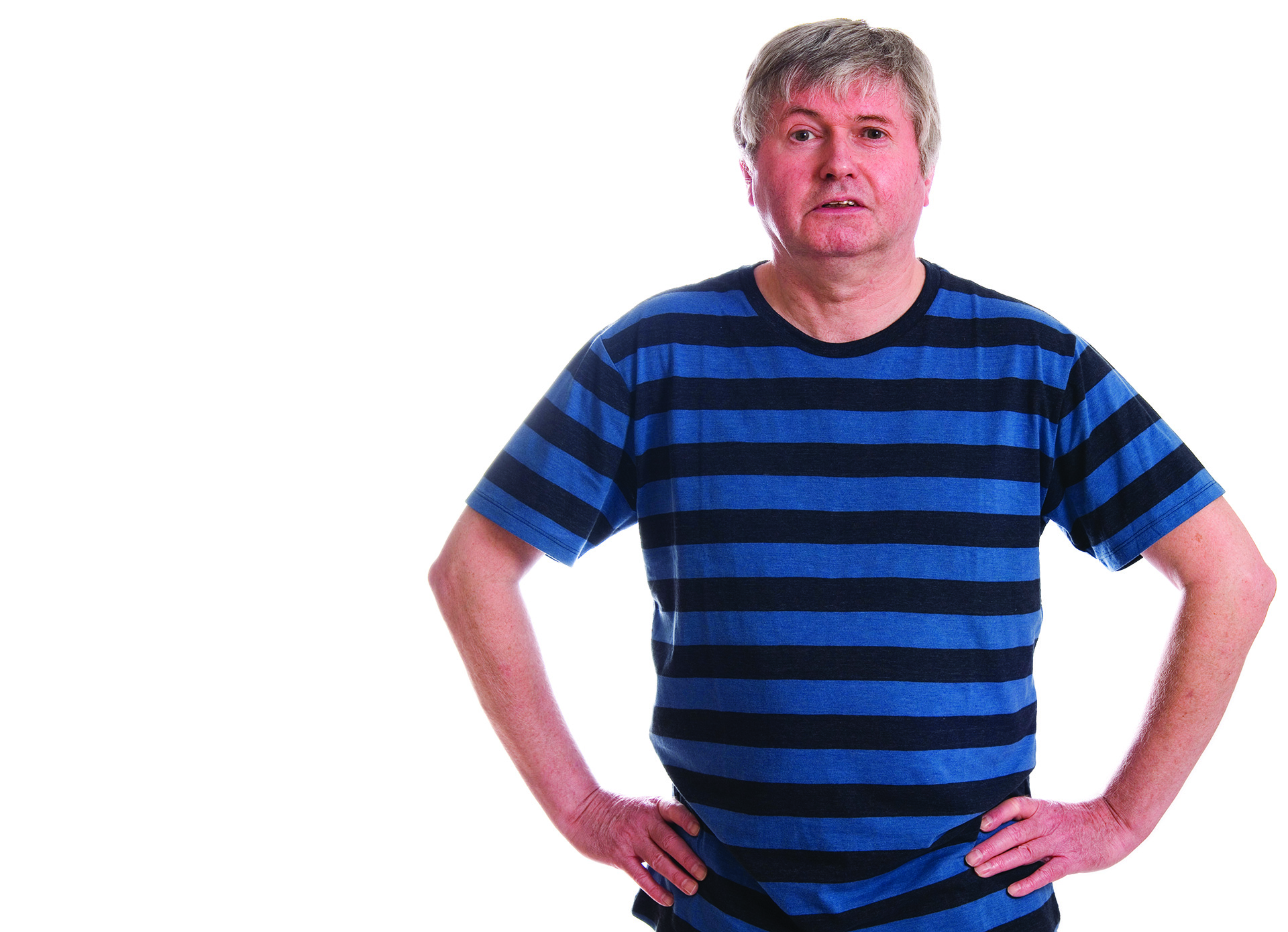People seem to be getting pretty animated about the Lake District being awarded the Oscar of the tourism business and designated a Unesco World Heritage Site.
Some think it long overdue to accord the area’s scenic splendour the same status as the Grand Canyon and Great Barrier Reef. But others can’t help seeing it as disastrous in the long term, the script being that the Unesco badge brings hordes more tourists who will eventually destroy the very beauty that makes the place so special.
It’s certainly the case that many World Heritage Sites are struggling to cope with visitor pressure. A few weeks ago 2,000 Venetians staged a protest march to highlight their claim that tourism is ruining Venice and its lagoon. The magnificent Lost City of the Incas at Machu Picchu, Peru, is said to be so over-run that vibrations from footsteps are weakening the stonework of its temples. Closer to home, France’s offshore islet of Mont Saint-Michel, topped by a beautifully preserved 8th century Benedictine abbey, now has streets so packed with tourists they have been likened to a subway full of commuters at rush hour.
Personally, I’m not sure the much-trumpeted World Heritage status makes much difference. These places would be tourist honeypots anyway. Of course, there will be some people in Manchester and Birmingham who hitherto haven’t set foot in the Lake District National Park and suddenly head up the M6 just because it has been given the same brag tag as the Taj Mahal. But if they go there to gape at the fells, the lakes and the villages they will be in for an unpleasant surprise, which may persuade them never to return. The Lake District, at least in high summer, has already reached saturation point for visitors with the campsites, hotels and the B&Bs full to capacity. Rubbernecking through beautiful valleys like Langdale, Eskdale, Wasdale and Borrowdale from cars and coaches is almost impossible on a road network that with a few exceptions hasn’t been widened in half a century.
Actually, it was because the Lakes were so over-run that Unesco turned down previous attempts to have it declared a World Heritage Site, and since the area’s popularity continues to increase it seems odd that this objection was somehow overcome.
As a frequent visitor to the Lakes for most of my adult life I’ve read many a dire prediction of the danger of drawing too many people. I even wrote one of them back in 1989 in an article which appeared, for my sins, in the Daily Mail. I pointed out the hypocrisy of the national park celebrating the one millionth visitor to walk into its information centre at Wordsworth’s village of Grasmere at the same time it was promoting a Special Protection Bill in parliament to safeguard the landscape from – you’ve got it – visitors.
On the summit of Helvellyn on a fine summer Sunday, I reported, there were probably more people than were feeding the pigeons in Trafalgar Square. I’m sure that’s still the case today but there are thousands of other places in the Lakes – as I found a couple of weeks ago – where you can still walk all day long and not meet a soul. The Lake District, I’m glad to say, can cope with its popularity.







Leave a reply
Your email address will not be published.